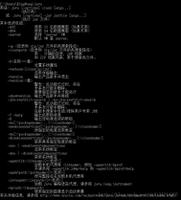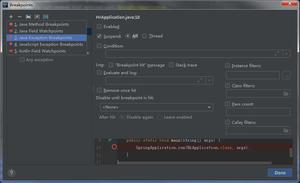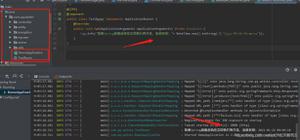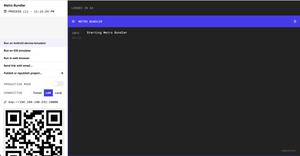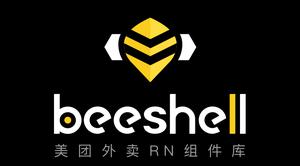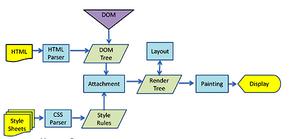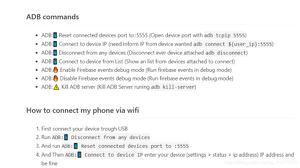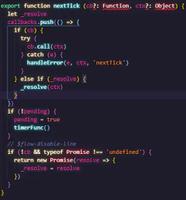2.React数据传递 之☞ 父子之间数据传递 / React生命周期

组件的信息传递的方式:
1.props (父子之间的时候使用)
2.上下文 (有共同祖先,多层或平行之间需要操作数据的时候使用 )
3.redux (有没有共同祖先 都可以实现状态管理、信息共享)
this.state = {} 状态初始化 初始化必须放在 constructor 下
只要更新 state 就会更新视图。
this.setState({ xxx })
表单元素如果设置一个默认值(基于 state 中的状态),此时表单元素就是一个受控组件。
value、checked
props
从父级传进来的为props
<input num="n"> props:['num']
<input num="aaa" /> this.props.num
父级传子级:
1.把数据挂在子组件的属性上
return ( <div><Ppa {...{
num, // num : num -> num
}}/>
</div>
)
2.子组件接收父组件的数据通过this.props
let { num } = this.propsconsole.log( num )
表单如果要设置默认值:
defaultValue / onChange
checkbox defaultChecked / onChange
Vue里面是这样接收的:
@nn="cc"
this.$emit('nn')
子传父:
方法一:
1.父级需要定义一个修改数据的方法
fn = () => { let { num } = this.state;
num++;
this.setState({ num })
}
2.把修改数据的方法传给子组件
render() {return (
<div>
<Ppa {...{
Fn: this.fn
}} />
</div>
)
}
3.当子组件需要修改父级数据的时候,调用父级传过来的修改方法
add = () => { let { Fn } = this.props;
Fn()
}
方法二:(把父级的数据变成子级,子级的数据不跟父级的数据有瓜葛了)
1.把父级的数据变成子级的
constructor(props){ super(props);
this.state = {
cn: props.num
}
}
2.子级修改
add = () => { let { cn } = this.state;
cn++;
this.setState({ cn })
}
生命周期:
分三个大阶段:mounting、updating、unmounting
回调函数(钩子函数、生命周期函数):当某个条件(事务)成立之后触发的函数
mounting
只会执行一次:
constructor -> 数据的初始化 ***
componentWillMount 组件挂载之前
render 解析jsx ***
componentDidMount 挂载成功 *** 数据请求 时
componentWillMount方法的调用在constructor之后,在render之前,在这方法里的代码调用setState方法不会触发重渲染,
所以它一般不会用来作加载数据之用,它也很少被使用到。
验证:
在 render中打印 this.state的数据
如果在componentWillMount中调用 setState,那么 render中打印 this.state,
第一次是数据初始化的状态,第二次是改变之后的状态(异步请求)
updating
当数据改变的时候触发:
componentWillReceiveProps ** 当父级的数据变化才执行
shouldComponentUpdate (nextProps,nextState)** 优化性能,接下来的组件要不要更新
如果写了shouldComponentUpdate,就一定要有返回值return true,不然为false。
不写这个钩子函数默认返回一个true,只有在true的情况下,下面三个钩子函数才会执行
componentWillUpdate
render ***
(类似于Vue中的computed:一上来执行一遍,数据变化的时候就会执行)
componentDidUpdate ** 当子级的更新完成才会执行父级的componentDidUpdate
(类似于Vue中的watch,但不再是监听指定的数据,而是所有的数据变化都会触发。一上来不触发,数据改变就触发)
unmounting
组件卸载的时候:
componentWillUnmount *** 关闭定时器,清除格式事件...
注意:关闭页面,此生命周期来不及出发,所以清除 localStorage 信息不能在此执行。一般可以在 onbeforeunload 事件中执行。
下面稍微介绍一下这个事件:
onbeforeunload 事件在即将离开当前页面(刷新或关闭)时触发。
// body 支持此事件<body onbeforeunload="myScript">
// 可以挂在 window 上
window.onbeforeunload=function(){myScript};
// 时间监听的方法
window.addEventListener("beforeunload", myScript);
生命周期使用举例:
shouldComponentUpdate(nextProps, nextState)
// 当state中的data发生改变的时候才触发render(返回 true 时触发 render)shouldComponentUpdate(nextProps, nextState) {
if (nextState.data !== this.state.data) {
return true
}
return false
}
componentWillReceiveProps(nextProps)
componentWillReceiveProps(nextProps) { if (nextProps.params !== this.props.params) {
console.log("do something")
}
}
以上是 2.React数据传递 之☞ 父子之间数据传递 / React生命周期 的全部内容, 来源链接: utcz.com/z/382232.html

